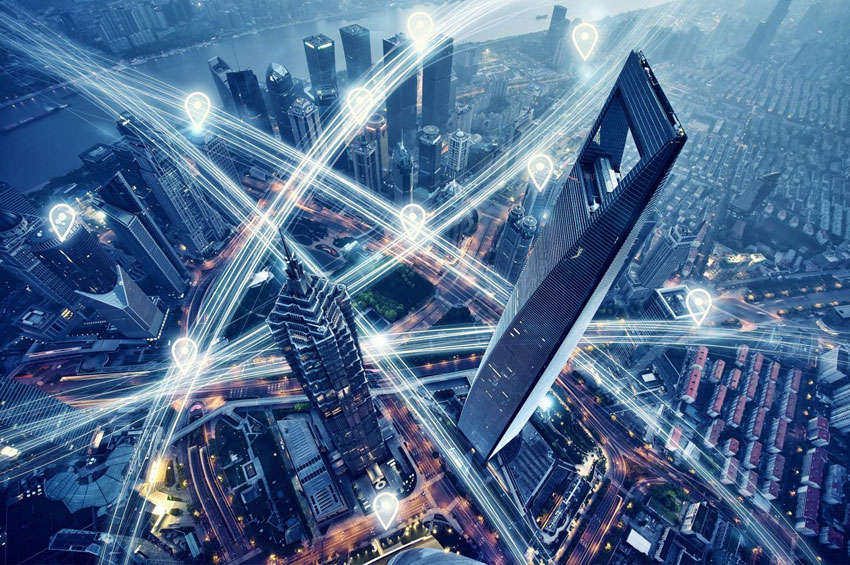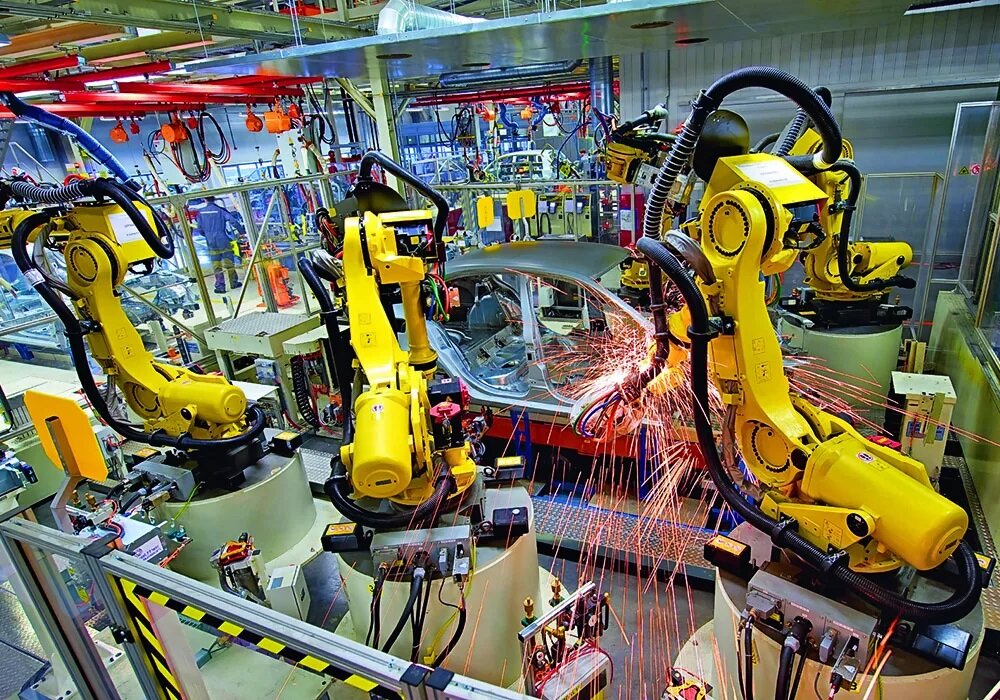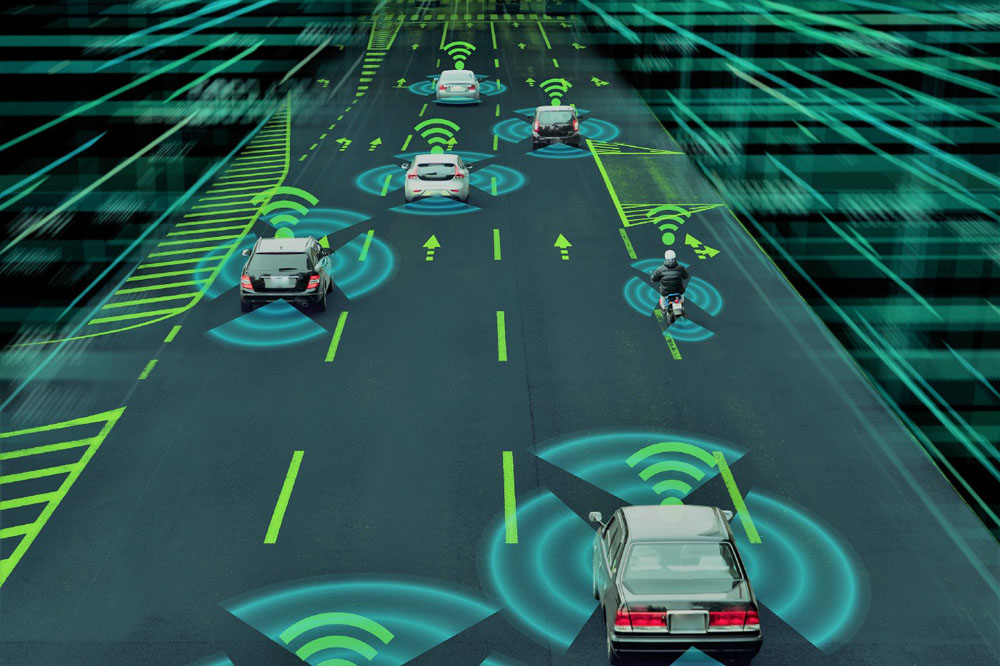
Smart technologies are actively developing, penetrating into all spheres of activity. Cities are no exception - according to the forecast of the analytical agency Frost & Sullivan, 26 smart cities will appear in the world by 2025. Of course, not all of them will be rebuilt from scratch. Most are the megacities that we all know, modernized with the latest advances in science and technology.
Why do we need smart technologies in cities? Mainly in order to efficiently allocate resources and manage urban spaces. Megacities are leaders in resource consumption. In particular, they account for about 80% of the energy produced in the world. Now, according to most experts, there is not a single city in the world that can be called smart. Yes, there are separate smart systems like lighting, road infrastructure, etc. But the combination of these technologies, which turns an ordinary city into a smart one, is not yet available anywhere.
What is this technology?
Robotization

Now robotic solutions are being implemented in cities and towns. An example is automatic multi-storey car parks. But this is just one example, in a truly smart city, garbage collection, sorting, street cleaning, road infrastructure repair, cargo delivery, etc. should be automated.
In the near future, with the help of robots, it will be possible to assess the state of the infrastructure of settlements, including communications, water supply, gas pipelines, and power lines. Drones, both ground and flying, will be able to check all this. Artificial intelligence will lead them.
There are already some drones. These are, for example, courier robots from various companies, including Amazon. True, so far these are test projects, but in a few years they have every chance of becoming a familiar element of the city's infrastructure.
Road infrastructure

In smart cities, cars will interact both with each other and with road surfaces, signs, markings, etc. This will help traffic objects synchronize with each other. Weather forecast, road surface condition, traffic saturation - all these factors will be automatically taken into account by smart cars.
Several such projects are already being implemented. One of them is being developed by the Netherlands. The country's authorities have allocated 70 million euros for the creation of intelligent road infrastructure that will help road users find the best option for traffic.
Such a system will create a complete digital twin of the road, including the vehicles that move along it. Accordingly, from anywhere in the country it will be possible to see what is happening on the transport section. As a result of all these transformations, by 2035, only robotic vehicles will remain on smart roads, which, as mentioned above, will interact while driving both with each other and with the infrastructure.
High-speed wireless connection

Whatever we talk about in this article, whatever technologies we discuss, they are all possible only if there is a high-speed wireless connection. Without it, it is impossible to transfer video, audio and other data in real time. Moreover, without a high-speed communication channel, it is impossible to implement IoT projects, which are needed to deploy smart housing and communal services systems, the same road infrastructure, etc.
Such a connection has already appeared - this is 5G. The data transfer rate over 5G channels reaches 25 Gbps, which is 50 times faster than the speed of existing wireless networks (LTE, LTE Advanced, etc.). In the largest cities of the world, cellular communications of the fifth generation are gradually being introduced.
Fifth generation networks are gradually being deployed in China, South Korea, Russia, a number of countries, cities and Europe. Unfortunately, 5G coverage isn't ubiquitous yet, but this will be fixed soon.
Moreover, there is another option, an alternative to 5G - satellite systems of the global Internet from SpaceX, OneWeb and some other companies. In the near future, the Chinese are also planning to deploy their own satellite Internet systems. In general, there are almost no problems with communication - everything that is needed is either already working or will work soon.
Digital housing and communal services
As mentioned above, cities consume a huge amount of resources. In order to optimize the distribution of these resources, as well as to make consumption more efficient, special digital platforms for housing and communal services are needed.
There can be many possible examples of the operation of such platforms, so it is worth mentioning only a few main ones:
- Coordinated incident and event management between city departments.
- Centralized street lighting control.
- Building automation.
- Smart energy and water and wastewater management.
- Intelligent traffic control (ITS) and street lighting.
- Public transport automation.
- Parking monitoring and automation.
- Solutions for education, healthcare.
- Digital housing and communal services.
- Safe City.
“Digital housing and communal services will be able to make the consumption and distribution of resources by cities much more efficient. A person, no matter how talented a manager he is, is not able to follow everything, analyzing all incoming information. But artificial intelligence, smart systems - yes, "said Ksenia Borbacheva, Deputy General Director of the Moscow Innovation Agency, head of the Business direction.
Other experts agree with her, who believe that smart utilities will help not only improve the quality of life of citizens , but also save billions of rubles by optimizing the consumption of electricity, water and other resources.
Autonomous public transport

Autopilots in vehicles are a current trend in recent years. Self-driving technologies are being developed by Tesla Inc, Mercedes Benz, Volvo, Nikola Motor and other companies.
The smart metropolis of the future cannot be imagined without public transport without drivers. Self-driving buses are being tested in Vienna, Barcelona, Beijing, Copenhagen, Helsinki and other cities around the world. They will be used much more widely in the next two years. The authorities of Helsinki (Finland), Barcelona (Spain), Palo Alto (California) and other cities are planning to launch autonomous transport.
There are also projects of flying automatic taxis. Such vehicles are being developed, among others, by Uber and Bell Nexus. In general, there are many interesting things ahead of us.
Considering all of the above, the criteria for a smart city can be formulated:
- Apartments, houses, districts and the entire settlement as a whole are linked into a single housing and communal services infrastructure.
- A smart road infrastructure has been implemented, where embedded systems are able to monitor traffic and respond to various events, including traffic jams, accidents, speeding by individual road users, etc.
- All housing and communal services systems are equipped with self-regulation systems and are able to respond to external (weather conditions, changes in resource consumption, etc.) and internal (accidents, maintenance) factors.
- . , , ( ). (, ), , , . , .
?
The point is that their creation requires billions of US dollars. One system cannot be created without the other - for example, smart road infrastructure cannot be built without 5G. And this is difficult both from a technological point of view and from a financial point of view. But technologies are already developing, they are moving forward, so the emergence of truly smart cities is only a matter of time.
In general, smart megalopolises are no longer a fantasy ... Over time, technologies will penetrate deeper and deeper into our life, improving its quality, making it more comfortable. In general, the future is no longer somewhere out there, it is here, with us.